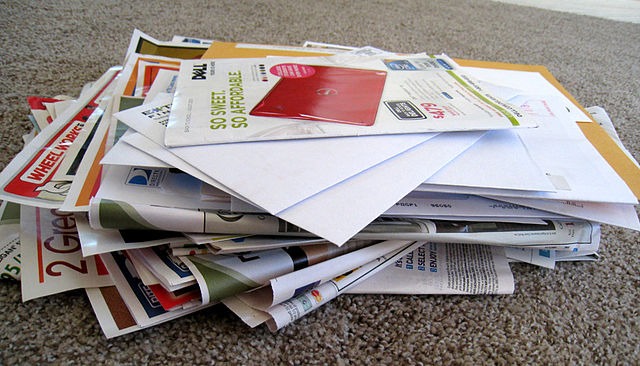If there’s one thing that’s true about modern business and marketing, it’s that learning new techniques and skills is never a bad idea. Marketing is unique in the sense that its success is highly dependent on a number of factors. There’s never a one-size-fits-all solution: what may work for a certain demographic may not work for others, and even things like seasonality can affect your campaigns.
As a result, the best business people and marketers make use of a variety of tools to ensure the success of their campaigns. We touched on one such approach in our article on ‘The Beginner’s Guide to Low Code Platforms’. Another one of these tools, which we’ll get into today, is direct mail marketing.
What is Direct Mail Marketing?
As Randy Duermyer writes in his guide for The Balance, direct mail marketing is, put simply, a type of direct marketing that involves mail pieces. These mail pieces or promotional materials can include catalogs, letters, postcards, coupons, or more.

Direct mail is often sent out to a specific geographic or demographic market. Direct mail campaigns also make use of mailing lists, which are compilations of names and addresses of recipients that fit certain criteria.
Why Use Direct Mail Marketing?
Direct mail marketing may not be as flashy or technologically advanced as other marketing techniques, but there’s a reason for its staying power. The first is its high ROI. According to the Data and Marketing Association, the average response rate of direct mail sits at around 4.4%. Email, by contrast, is at 0.12%. Direct mail thus has a higher ROI, meaning you get better results for a lower cost of investment.
Direct mail also has other benefits. One is psychological: studies have shown that customers are more likely to respond to and remember physical mail materials than digital ones. Neuroscience Marketing reported on the Millward Brown Study, which found that physical materials were more likely to generate emotional responses and felt more “real”.
It’s also highly trackable, meaning you get a full range of data and information on the success of your campaign. This is a great benefit in the information age, as businesses and marketers are reliant on relevant, accurate data for mapping out future campaigns and products. Direct mail also costs less than other traditional marketing approaches, meaning you get better results and better savings at the same time.
How to Get Started with Direct Mail Marketing?
Not sure how to get started with direct mail? The steps are fairly simple.
First, you’ll need to determine the look of your materials. While paper postcards, booklets, and catalogs may be the standard for direct mail, don’t let yourself be limited by standard options. Leading marketing experts Triadex Services offer plastic postcards, for example, that can create memorable impressions right off the bat. You can also choose to go with bigger materials or packages if you have the budget.

You’ll also want to pick out a mailing list. The right mailing list is essential to the success of a campaign. You can see if it’s possible to integrate a mailing list with data you already have, such as email. Relatedly, you can also look into treating your direct mail campaign as a support arm of an already running campaign. Direct mail is a great companion to email marketing, for example, and can help pull in leads that early campaigns may have missed the first time.
Regardless of where you start or what your final campaign looks like, a familiarity with direct mail marketing and all its benefits is always a plus. It’s one of the best ways to get great returns on minimal investments while making memorable impressions on your market. When in doubt, you can always turn to direct mail.
loading...
loading...
